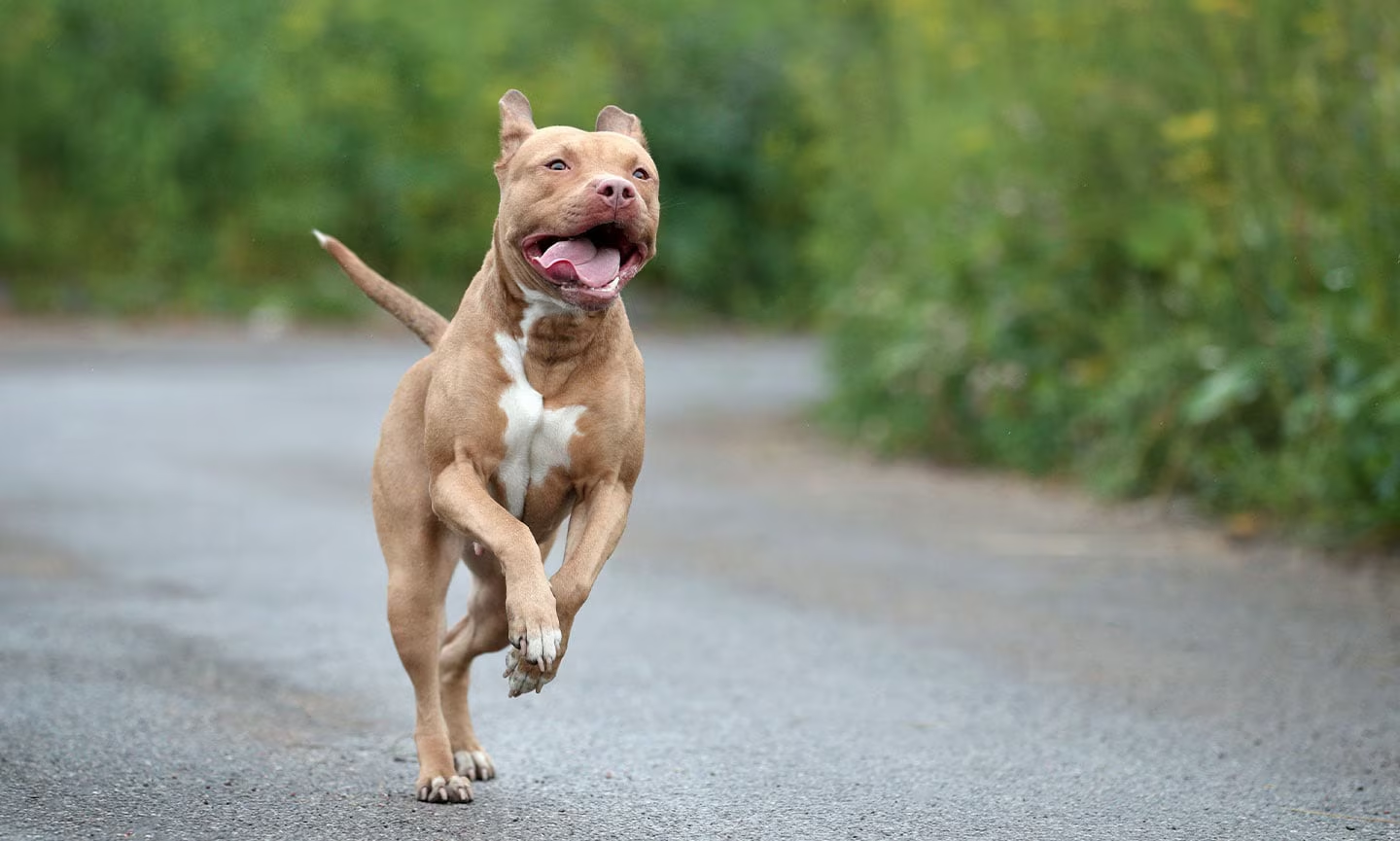
Most Dangerous Pet Dog Breeds: Dogs are known as “man’s best friend,” and for good reason. They offer unconditional love, loyalty, and companionship. However, some dog breeds have a reputation for being more dangerous than others, due to their size, strength, temperament, or protective instincts. It’s important to note that a dog’s behavior is largely influenced by its upbringing, training, and environment. Even so, some breeds are statistically more likely to be involved in incidents.
In this post, we’ll explore the 10 most dangerous Pet dog breeds that can potentially pose a threat if not properly trained or socialized. We’ll also discuss how you can mitigate the risk of owning one of these dogs.
10 Most Dangerous Pet Dog Breeds in The world
1. Pit Bull Terrier
Pit Bulls are often at the center of debates about dangerous dog breeds. They are known for their strength and loyalty, but they also have a high prey drive, which can make them aggressive if not properly trained and socialized. With a muscular build and high energy levels, a Pit Bull requires consistent exercise, mental stimulation, and boundaries to thrive.

Risk Factors:
- Strength and bite force
- Aggression if provoked
- Protective instincts
Tips for Safe Ownership:
- Early training and socialization are essential.
- Regular exercise and mental stimulation are key.
- Consistent leadership is crucial for controlling their energy and aggression.
2. Rottweiler : A Most Dangerous Pet Dog Breeds
Rottweilers are powerful dogs originally bred to herd cattle and pull carts. Their protective instincts make them excellent guard dogs, but they can become aggressive without proper training. They are loyal and affectionate toward their family, but their size and strength make them potentially dangerous if not properly controlled.

Risk Factors:
- Strong protective instincts
- Territorial nature
- Size and strength
Tips for Safe Ownership:
- Early socialization and obedience training.
- Firm leadership and clear boundaries.
- Adequate space and exercise to burn off energy.
3. German Shepherd
German Shepherds are intelligent, loyal, and versatile dogs, commonly used in police and military work. However, their protective nature can sometimes translate into aggression if not properly trained. They require consistent mental and physical stimulation, and a lack of this can lead to behavioral issues.
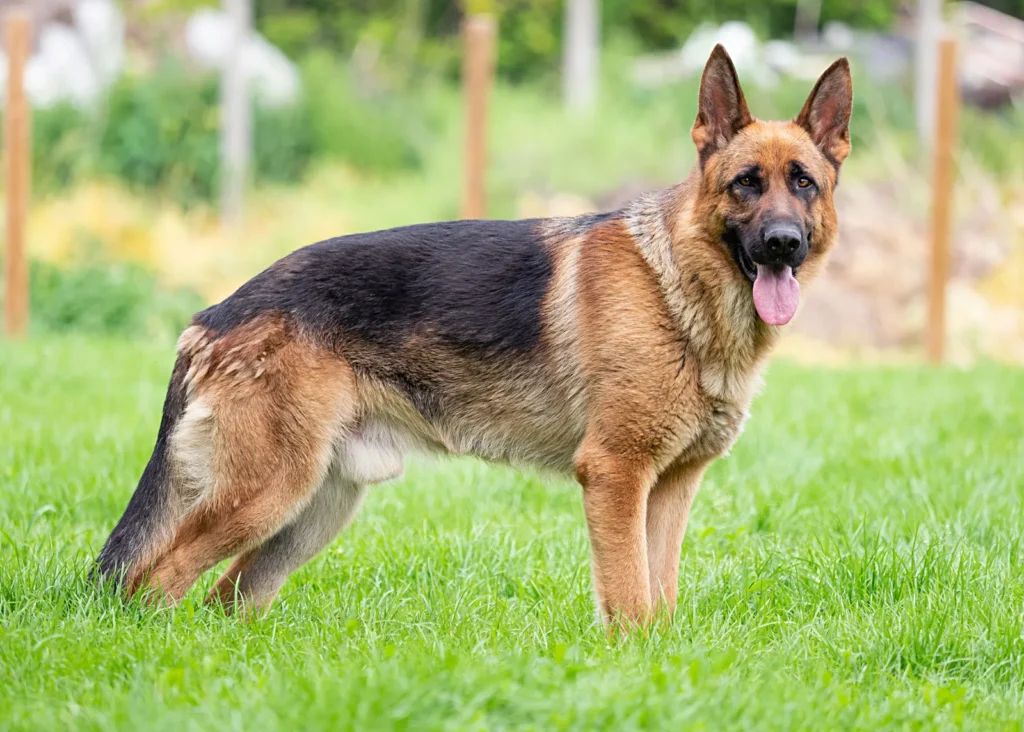
Risk Factors:
- Protective instincts
- High energy levels
- Can become aggressive if not socialized early
Tips for Safe Ownership:
- Positive reinforcement training.
- Regular exercise and socialization.
- Create a stable, structured environment for the dog.
4. Doberman Pinscher
Its one of the 10 most dangerous Pet dog breeds . Dobermans are known for their loyalty and intelligence. They are often used as guard dogs due to their imposing appearance and protective nature. While they are not naturally aggressive, they can become defensive if they sense a threat. A well-trained Doberman is usually calm and affectionate.
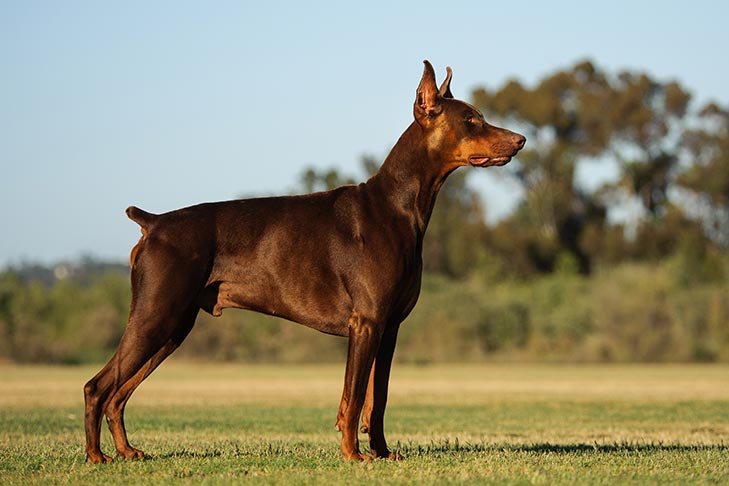
Risk Factors:
- Territorial and protective instincts
- High energy and need for mental stimulation
- Can become aggressive if not socialized properly
Tips for Safe Ownership:
- Early training and socialization are crucial.
- Regular exercise to channel their energy.
- Positive reinforcement and consistency in training.
5. Bullmastiff : Most Dangerous Pet Dog Breeds
Bullmastiffs are large, muscular dogs originally bred to guard estates. Despite their intimidating appearance, they are generally gentle and affectionate with their families. However, their protective instincts can turn aggressive if they perceive a threat.
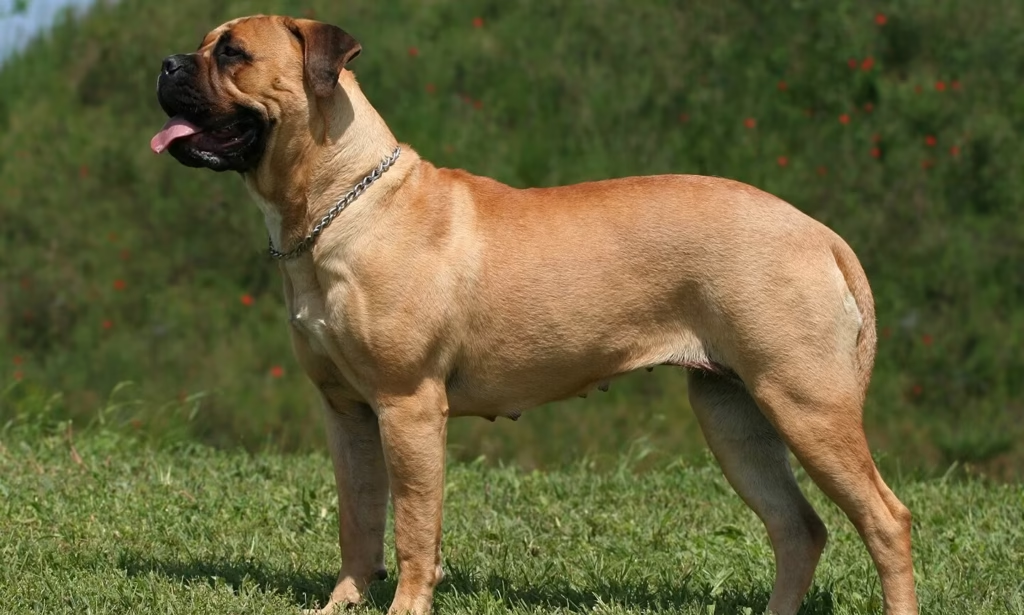
Risk Factors:
- Size and strength
- Protective nature
- Can become aggressive without proper training
Tips for Safe Ownership:
- Early socialization to reduce aggression.
- Regular exercise to maintain their health.
- Consistent, calm leadership.
6.Most Dangerous Pet Dog Breeds- Alaskan Malamute
Alaskan Malamutes are large, powerful dogs originally bred to pull sleds in harsh conditions. While they are not typically aggressive toward humans, their strong prey drive can make them dangerous around smaller animals. They require a lot of space and exercise to stay content.
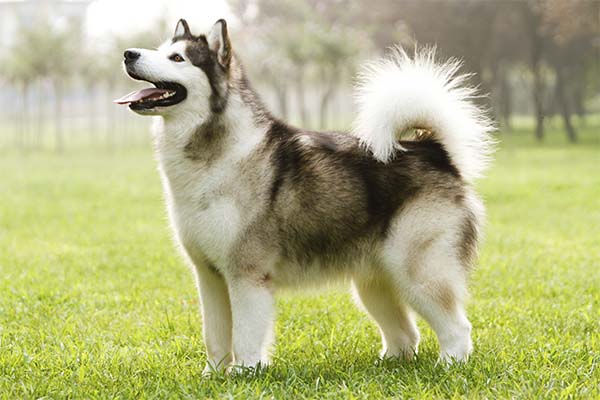
Risk Factors:
- Strong prey drive
- Size and strength
- Independent nature, which may make them difficult to train
Tips for Safe Ownership:
- Provide ample space and exercise.
- Consistent training and socialization.
- Never leave them unsupervised around smaller pets.
7. Chow Chow
Chow Chows are known for their lion-like mane and independent, aloof nature. While they can be good family pets, they can also be quite territorial and aggressive if they feel threatened or are not properly socialized from an early age.
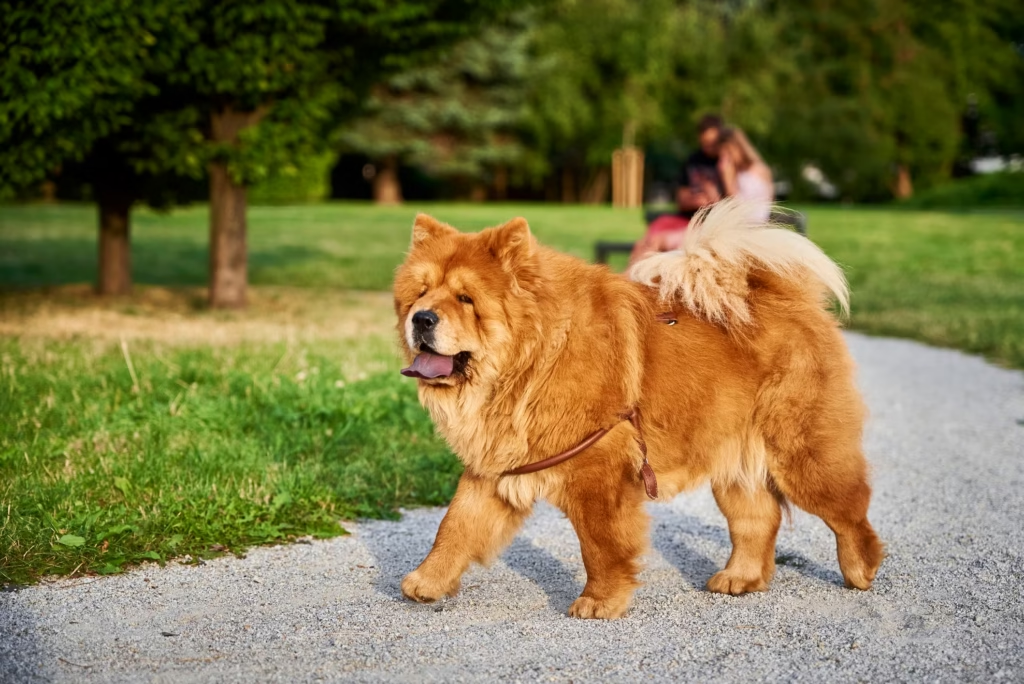
Risk Factors:
- Aloof and independent temperament
- Territorial nature
- Can be aggressive toward strangers
Tips for Safe Ownership:
- Early socialization is key to prevent aggression.
- Be patient and consistent with training.
- Provide a structured, calm environment.
8. Great Dane
Great Danes are known for their massive size and gentle temperament. While they are typically friendly and affectionate, their size can pose a danger if they are not well-trained. Their protective instincts can also come into play if they sense a threat.
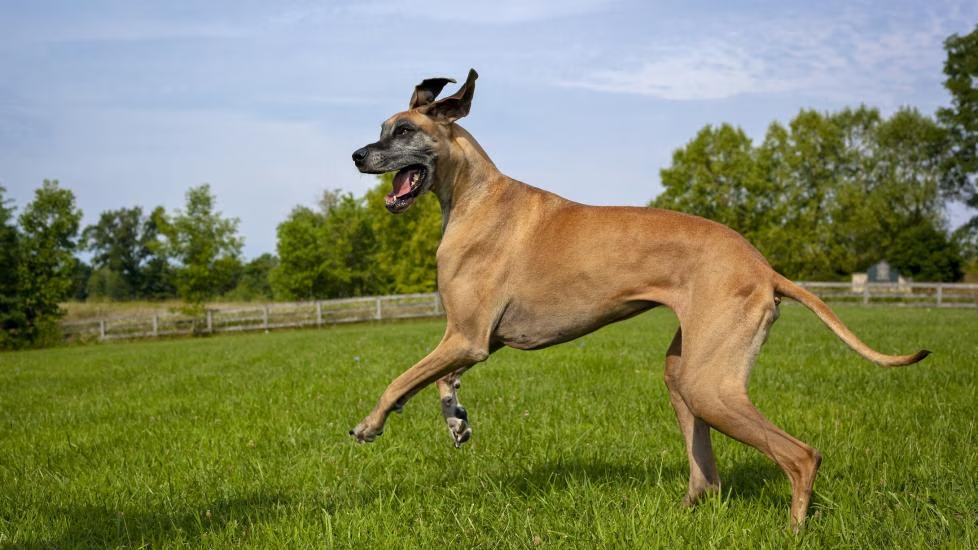
Risk Factors:
- Size and strength
- Protective nature
- Potential for accidental harm due to their size
Tips for Safe Ownership:
- Early training and socialization.
- Consistent exercise to keep them physically and mentally healthy.
- Supervise interactions with children and smaller animals.
9. Boxer
Boxers are known for their playful and energetic nature. While they are generally friendly and loyal, their protective instincts can lead to aggression if they feel their family is in danger. Their high energy levels require proper training and regular exercise.
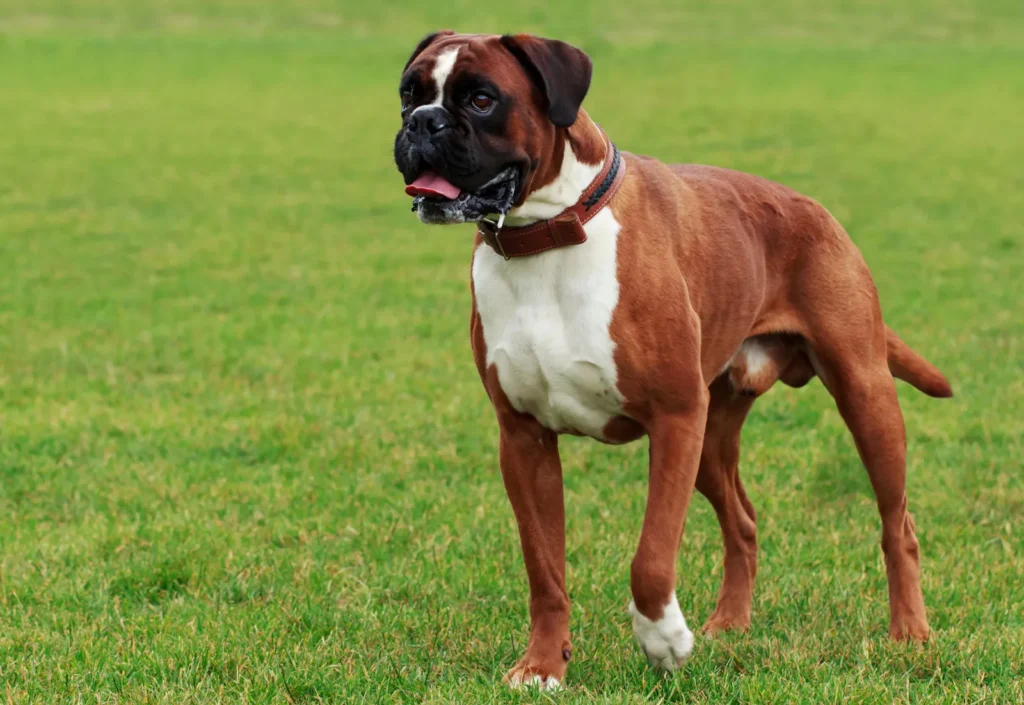
Risk Factors:
- Protective instincts
- Energetic nature
- Potential for aggression if not socialized
Tips for Safe Ownership:
- Early socialization with other dogs and people.
- Regular exercise to prevent hyperactive behavior.
- Positive reinforcement training methods.
10. Tosa Inu
Tosa Inus are a rare Japanese breed that was originally bred for dog fighting. They are large, strong dogs with a calm and reserved temperament. However, their history as fighting dogs means they may have a tendency toward aggression if not properly trained and socialized.
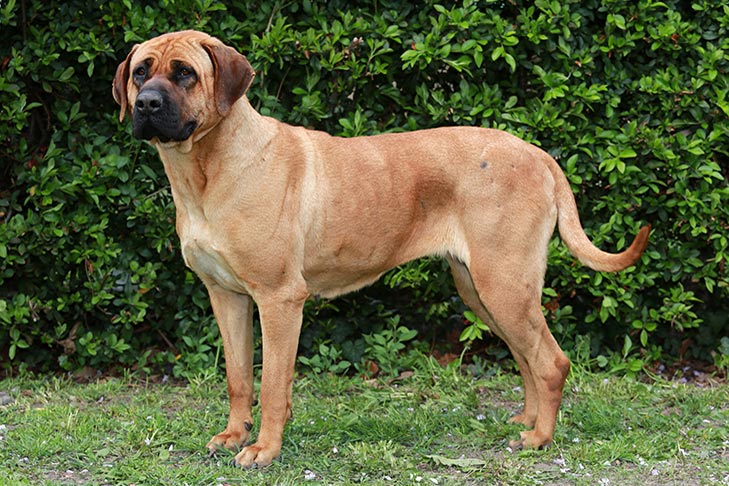
Risk Factors:
- History of dog fighting
- Protective and territorial nature
- Strong physical build
Tips for Safe Ownership:
- Early socialization is essential.
- Consistent and firm training.
- Provide an active lifestyle to keep them mentally engaged.
Conclusion
While some dog breeds have a reputation for being dangerous, it’s important to remember that most dogs, regardless of their breed, are not inherently aggressive. The majority of dangerous incidents arise from poor training, lack of socialization, or irresponsible ownership. It is essential to provide a loving, structured environment for your dog, invest in proper training, and ensure that you understand the needs of your specific breed.
By selecting a breed that aligns with your lifestyle, investing time in training, and providing proper socialization, you can help ensure that your dog is a well-adjusted, loving companion.
Remember, owning any dog comes with responsibility. Always prioritize safety for both you and your furry friend.
The 40 Cutest Dog Breeds That Will Melt Your Heart and Make You Want to Cuddle







